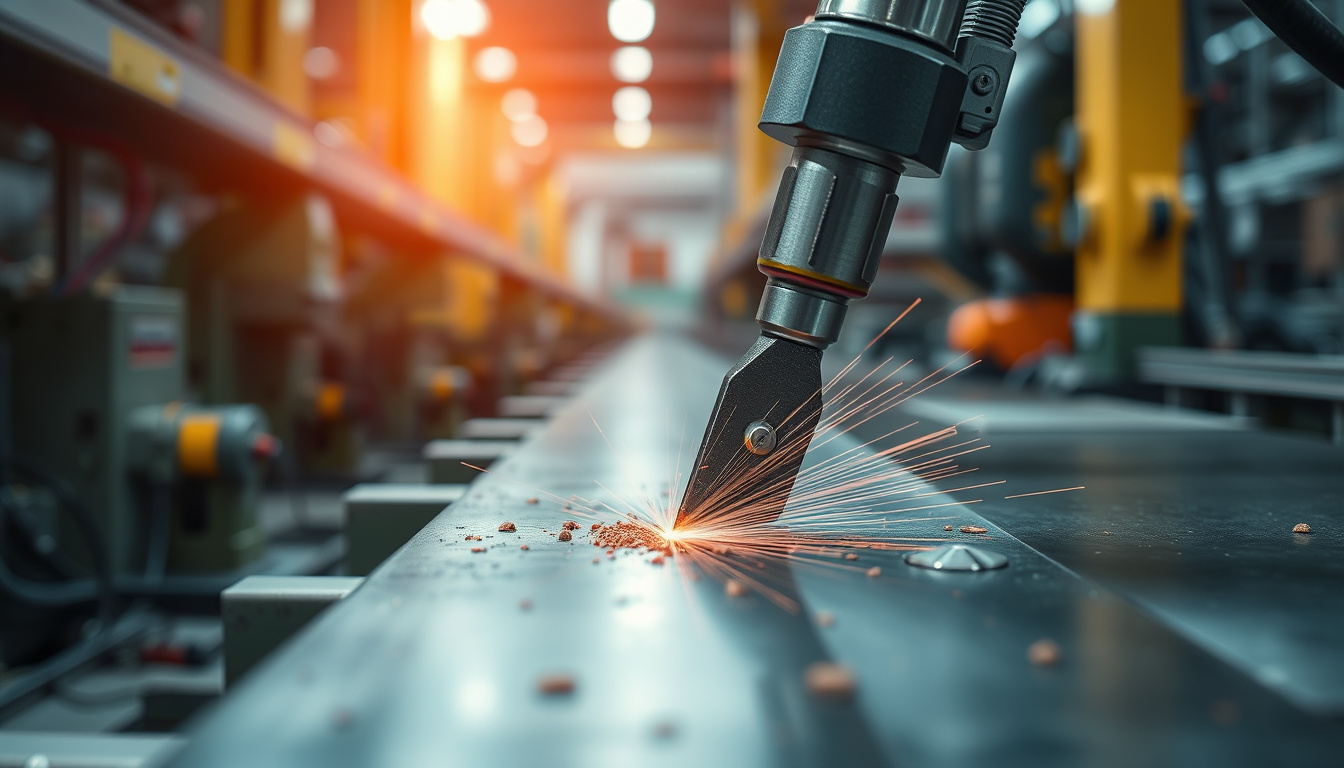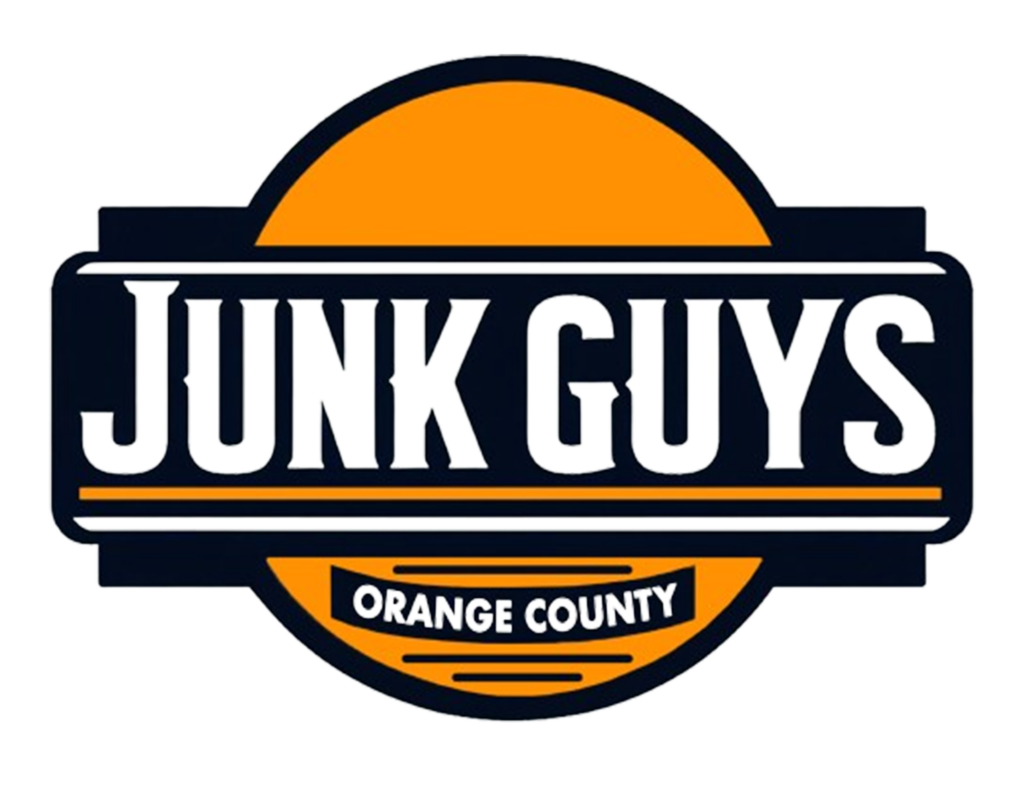In today’s competitive manufacturing landscape, metal removal is a crucial process that directly influences product quality, precision, and production efficiency. Whether you’re working with aerospace components, automotive parts, or intricate electronics, mastering effective strategies for metal removal can significantly enhance your manufacturing outcomes. This article explores comprehensive approaches to metal removal, highlighting techniques, best practices, and innovative solutions to optimize your manufacturing processes.
Understanding Metal Removal in Manufacturing
Metal removal encompasses the various methods used to shape or finish metal components by removing excess material. It is essential for creating parts with precise dimensions, smooth surfaces, and complex geometries. The choice of metal removal method depends on factors such as material type, part complexity, tolerance requirements, and production volume.
Common Metal Removal Techniques
The industry employs a variety of methods for metal removal, each suited to specific applications:
-
Machining: Includes processes like milling, turning, drilling, and grinding. Machining is versatile and offers high precision, making it ideal for complex parts.
-
Abrasive Processes: Such as sandblasting and abrasive blasting, which remove surface contaminants and prepare surfaces for further processing.
-
Chemical Etching: Uses chemical solutions to selectively remove material, often employed for delicate or detailed features.
-
Electrical Discharge Machining (EDM): Uses electrical discharges to erode metal, especially suitable for hard materials and intricate shapes.
-
Waterjet Cutting: Utilizes high-pressure water mixed with abrasives for clean cuts without heat-affected zones.
-
Laser Cutting: Employs focused laser beams for precise and rapid metal removal, especially in thin sheets.
Each technique offers unique advantages—from speed and accuracy to minimal heat distortion. Selecting the appropriate method hinges on understanding both your part specifications and process constraints.
Effective Strategies for Enhancing Metal Removal Processes
To maximize efficiency and quality in metal removal, consider implementing these strategic approaches:
1. Optimize Tooling and Cutting Parameters
Using the right cutting tools, such as high-quality inserts or coated tools, significantly impacts surface finish and tool longevity. Fine-tuning parameters like feed rate, spindle speed, depth of cut, and cooling/lubrication ensures smooth operation and reduces tool wear.
2. Maintain Equipment and Tools
Regular maintenance of machining centers, grinders, and laser equipment prevents unexpected downtime and ensures consistent quality. Sharp tools and well-maintained machinery reduce defects and improve metal removal rates.
3. Implement Advanced Automation and CNC Control
Computer Numerical Control (CNC) systems enable precise control over machining processes, reducing human error and increasing repeatability. Automation also allows for high-volume production with minimal manual intervention.
4. Use Proper Workholding Techniques
Secure fixtures and clamps prevent material vibration and movement during metal removal. Proper fixturing improves accuracy and surface quality while reducing scrap.

5. Incorporate Simulation and Process Planning
Modern CAD/CAM software allows process simulation to optimize tool paths, cutting speeds, and material removal strategies before actual machining. This proactive approach reduces cycle times and material waste.
6. Adopt Sustainable and Eco-Friendly Practices
Using biodegradable coolants and recycling metal scrap contribute to environmentally responsible manufacturing, aligning with current sustainability goals.
7. Focus on Surface Finish and Tolerance Control
Post-processing techniques like polishing or grinding may be necessary to achieve desired surface finishes. Precise control of tolerances is vital for fitting and functionality.
Innovative Approaches and Technologies
Emerging technologies are transforming how manufacturers tackle metal removal:
-
Ultrasonic Machining: Uses ultrasonic vibrations to remove material with minimal thermal impact, ideal for delicate or hard materials.
-
5-Axis Machining: Allows for complex geometries with fewer setups, increasing efficiency and reducing skill requirements.
-
Additive Manufacturing Integration: Combining additive and subtractive processes can produce near-net-shape parts that require less material removal.
The Role of Material Properties
Different metals require tailored removal strategies. For example, aluminum is soft and easily machined, whereas titanium is hard and abrasive, demanding specialized cutting tools and cooling strategies. Understanding the material’s properties significantly influences the choice of metal removal techniques.
Measuring and Controlling Metal Removal Efficiency
To ensure optimal metal removal, utilize measurement tools like coordinate measuring machines (CMM), laser scanners, or surface profilometers. These devices help verify dimensions and surface finish, enabling continuous process improvements.
Case Study: Improving Metal Removal in Aerospace Manufacturing
An aerospace parts manufacturer faced challenges achieving tight tolerances and smooth surfaces with traditional machining. By integrating high-precision CNC machines, adopting new cutting tools, and optimizing process parameters, they reduced cycle time by 20% and improved surface quality. Furthermore, implementing in-process inspection minimized rework and material waste, showcasing the effectiveness of strategic metal removal approaches.
FAQs on Metal Removal in Manufacturing Processes
Q1: What are the most efficient methods for metal removal in high-volume production?
Answer: Automated CNC machining combined with optimized tool paths and high-speed machining techniques offer efficiency in high-volume production, reducing cycle times and ensuring consistency.
Q2: How does material type influence the choice of metal removal strategy?
Answer: Material properties such as hardness, ductility, and abrasiveness determine suitable processes. For instance, harder metals like tungsten require more robust tooling or non-traditional processes like EDM.
Q3: Can advanced software improve metal removal processes?
Answer: Yes. CAD/CAM simulation software helps plan optimal tool paths, predict outcomes, and reduce errors, leading to improved efficiency and better surface finishes.
Expert Insight
According to industry leaders and resources like the Manufacturing Engineering Society, investing in the right equipment, skilled personnel, and technology is key to effective metal removal. Staying abreast of innovations ensures competitiveness and quality (source).
Conclusion: Take Initiative for Better Metal Removal Outcomes
Mastering effective strategies for metal removal in manufacturing processes is essential for producing high-quality, precise parts efficiently. By choosing suitable techniques, leveraging automation, and continually optimizing your workflows, your manufacturing operation can achieve superior results while minimizing waste and costs. Don’t wait—invest in the latest technologies and training today to revolutionize your metal removal processes and stay ahead in the market.
Junk Guys Orange County
Phone: 949-629-4960
Website: www.junkguysoc.com
Email: junkguysoc@gmail.com
